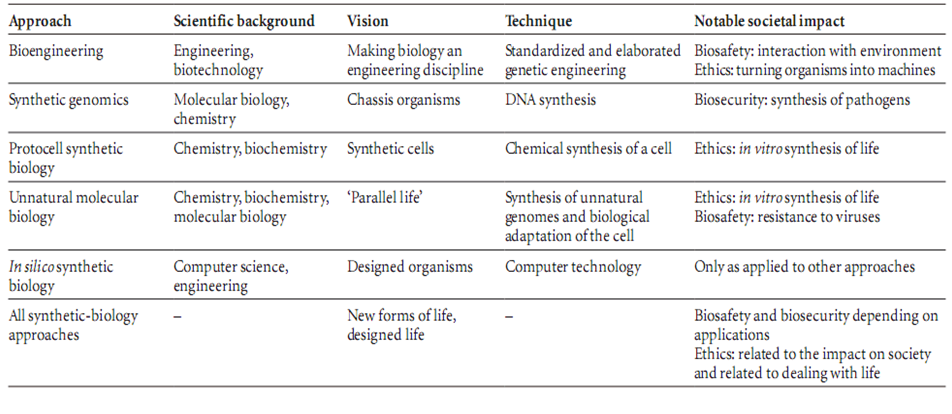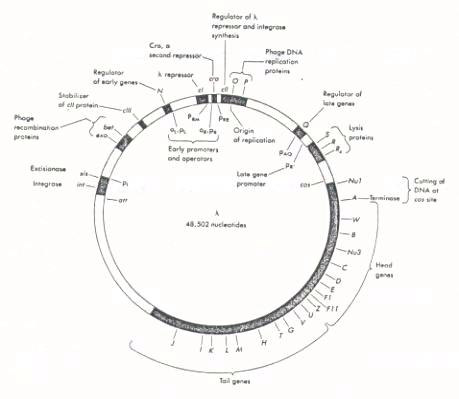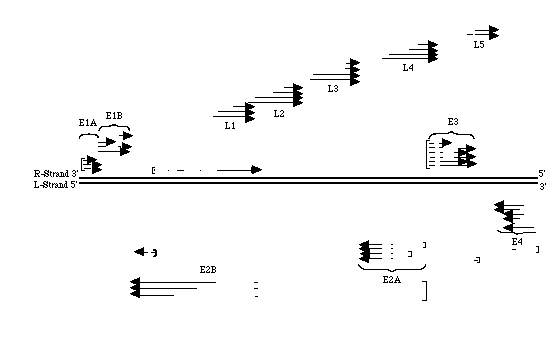Team:Tsinghua/Design
From 2009.igem.org
| Background | Brainstorming | Design | Experiment | Results | Notebook |
|---|
Contents |
Synthesis of the Gene Therapy Production System
Based on the standard of synthetic biology, we apply two approaches to synthesize the genome of our gene therapy vector
Bottom-Up Approach
As for the bottom-up approach, we amplify the target genes from the target genome(mostly structural genes from lambda phage genome, and also L5 (fiber) gene from adenovirus genome) and recombine them into one or two molecular cloning vectors according to the biobrick standard. In the synthetic genome of the gene therapy vector, gene C (which encodes the protein at the vertices of the lambda viroin) and L5 should be fused according to certain standardiztion consideration (termed targeted biobrick).In front of the encoding region bacteriophage lambda strucural proteins and the targeted biobrick, a T7 promoter (from iGEM parts) will be inserted for IPTG-inducible control.
Top-Down Approach
As for the top-down approach, we transplant the whole gene expression element under the upsteam regulation of promoter R' into a molecular cloning vector. Fortunately, the lambda promoter R' can be strongly enhanced by protein Q in the late state of wildtype phage infection, which makes a feasible scheme to regulate the structural proteins on the synthetic genome.In front of the encoding region of protein Q, a T7 promoter (from iGEM parts) will be inserted for IPTG-inducible control.
Synthesis of the Targeted Biobrick
The synthesized genome will be capable of producing gene therapy "viroins" with protein C specially modified. This targeted biobrick enables the synthetic gene therapy vector to be targeted specifically for certain types of cells. We generally decouple this biobrick into four "modules" (will be expressed to different domains in the C-Fiber fusion protein).
Synthesis of the Therapeutic DNA
Here we introduce another molecular cloning vector to mimic the bacteriophage lambda genome which will be packaged into the viroin. However, the synthetic “bacteriophage lambda genome” contains the therapeutic gene(s) needed by the target cells, which will be transported via stimulated viral introduction.
We term this molecular cloning vector “Therapeutic DNA”, which consists of a cos site for the package into the viroin of targeted gene therapy vector, the therapeutic gene(s) for in vivo gene therapy and the replication origin of bacteriophage lambda (including O gene and P gene).
Production of the targeted gene therapy vector
After the construction of the synthetic genome and the Therapeutic DNA which are carried by two molecular cloning vectors(they will carry different origins of DNA replication), we will cotransform them into the E.coli for the production of the targeted gene therapy vector.
After the addition of IPTG at proper peroid of the transformed bacteria, the structural proteins of the gene therapy vector will be expressed, which are sufficient for the package of the Therapeutic DNA (with O and P) into the gene therapy vector viroin.
Given appropriate time for enough package yields(evaluated by modeling), the E.coli for production will be lysated manually or inducibly. Then the gene therapy vectors can be isolated and enriched by established protocol of viroin purification.
Functioning of the targeted gene therapy vector
An idealized model for the functioning of the targeted gene therapy vector is proposed. After the injection of the purified gene therapy vectors, the vectors will conveyed to target cells by circulation (specific situations should be discussed with respect to different types of cells and different diseases). The synthetic vectors will invade into the target cells in a manner similiar to the wildtype adenovirus-attachment and internalization. This function is empowered by the targeted biobrick in the synthetic genome.
Firstly, the tissue-specific peptide (selected by phage display) on the surface of the viroin will attach to the receptors on the surface of the target cells. Secondly, the RGD domian at the bottom of the engineered fiber will interact with integrin of the targeted cells, thus internalize the whole viroin by endocytosis.
Project2
Basic Idea
Gene therapy is a new type of treatment developed rapidly in recent years, which is both efficient and safe. It is based on the fact that the target genes are transferred into the tissues with illness via vectors, and owing to the proteins translated by target genes, the illness is cured with efficiency. Therefore, gene therapy is highly regarded because of the targeting.
However, the therapies already developed are still meeting with several difficulties, i.e. tissue-specificity, the capacity of the target gene and the cell toxicity. Take the adenovirus vector for example. Recognition and infection by the adenovirus have no tissue-specification, and it can infect any kind of tissues. So serious immune responses are given, and those lead to poor result of therapies. On the other hand, plasmid vectors that cause less immune response have the disadvantage of low transformation efficiency and small capacity. Therefore, we are now seeking for a better designed vector, lambda phage, which is more specific to tissues. At the same time, the high effective lambda phage is also productive and has a large capacity.
Function of the System
Innovation of our Project
By comparing the structural similarity of bacteriophage lambda and adenovirus, this project applies the synthetic biology strategy at the genomic level, transplanting the complex process of viral gene therapy vector production into prokaryotic cells. This approach makes the industrial production of gene therapy vector easier to standardize and manipulate, which coordinates the standardization, abstraction and decoupling principles of synthetic biology. As for the synthetic engineering of the targeted biobrick, we decouple the process of viral infection into two sub-steps, attachment and internalization, which are ensured by the synthetic targeted peptides and RGD domain respectively. Viewed from the overall project, this approach is equivalent to synthesizing a viable form (coinciding with Craig Venter’s approach on synthetic biology) that actually contributes to clinical uses. This reflects the synthetic biology’s extension in human practice by learning from nature.

References
[1] David A.Williams, and Christopher Baum. Gene Therapy—New Challenges Ahead. Science. 2003, 302, 400-401.
[2] Marina Cavazzana-Calvo et al.. Immunodeficiency (SCID)-X1 Disease Gene Therapy of Human Severe Combined. Science. 2000, 288, 669-672.
[3] Esmail D. Zanjani, and W. French Anderson. Prospects for in utero human gene therapy. Science. 1999, 285, 2084-2088.
[4] Leland H. Hartwell, Leroy Hood, Michael L. Goldberg, Ann E. Reynolds, Lee M. Silver, Ryth C. Veres. Genetics: From Genes to Genome. McGrawHall, 3rd edition, 2008.
[5] http://en.wikipedia.org/wiki/Gene_therapy
[6] Jerry Guo, and Hao Xin. Splicing out the West?. Science. 2007, 314, 1232-1235.
[7] Chopra Paras, and Akhil Kamma. Engineering life through Synthetic Biology. In Silico Biology 6. http://www.bioinfo.de/isb/2006/06/0038. Retrieved on 2008-06-09.
[8] http://www.syntheticbiology.org
[9] Michael T. M., John M. M., and Jack P. Brock Biology of Microorganisms. Prentice Hall, 12th edition, 2008.
[10] Glen RN, and Phoebe LS. Role of αv integrins in adenovirus cell entry and gene delivery. Microbiology and Molecular Biology reviews. 1999, 63, 725-734.
[11] Yuanming Zhang, and Jeffrey M. Bergelson. Adenovirus Receptors. J. Virol. 2005, 79, 12125–12131.
[12] Miyazawa N, Crystal RG, and Leopold PL. Adenovirus serotype 7 retention in a late endosomal compartment prior to cytosol escape is modulated by fiber protein. J. Virol. 2001, 75, 1387–1400.
[13] Shayakhmetov DM, Eberly AM, Li ZY, and Lieber A. Deletion of penton RGD motifs affects the efficiency of both the internalization and the endosome escape of viral particles containing adenovirus serotype 5 or 35 fiber knobs. J. Virol. 2005, 79, 1053–1061.
 "
"


